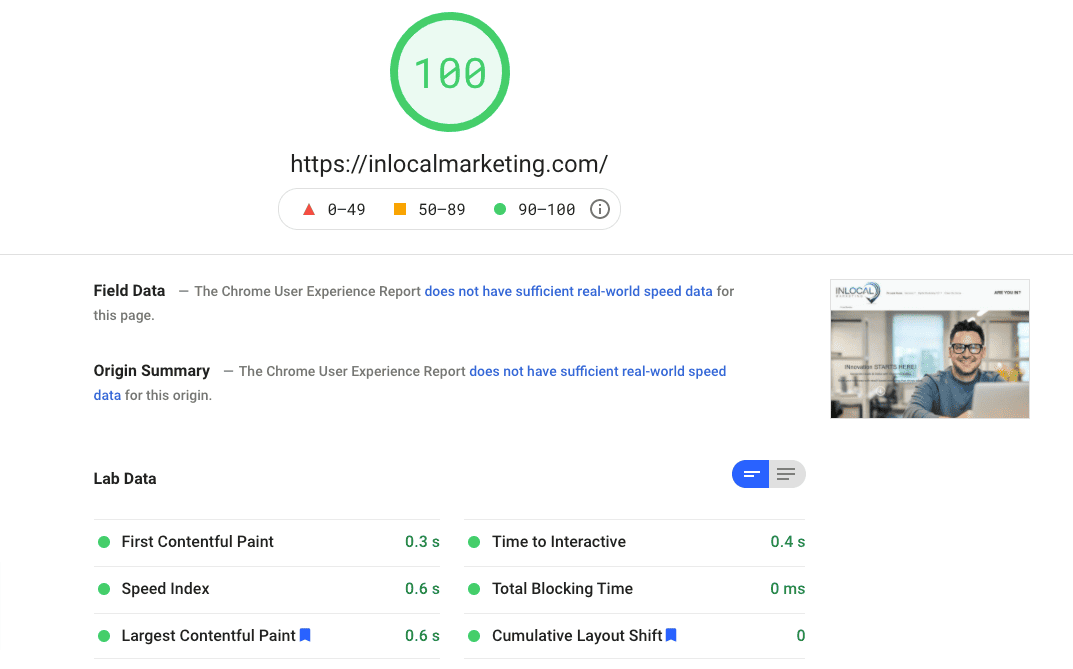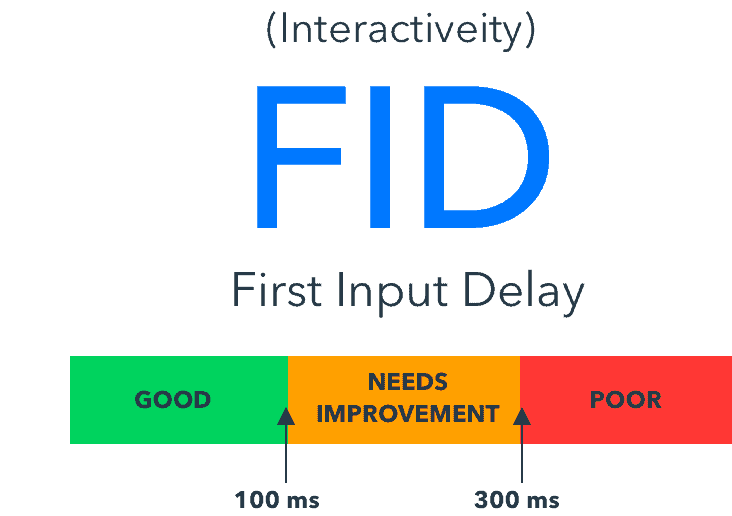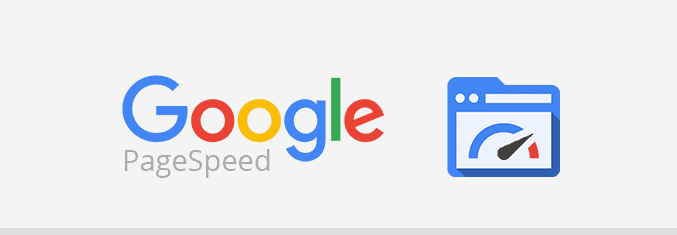Google Page Speed Optimization
Gotta Go Fast!
Have you ever clicked a link on a website and had to sit and wait for the page to load? Not only is it frustrating for the user, but detrimental to the overall health and ranking of the website. If you want to get ranked on the first page of Google, your pages need to move fast!
PAGE SPEED MAKES ALL THE DIFFERENCE
The image below is our site’s page speed. How does your website measure up?


“We’re obsessed with speed” – Google
We can SPEED UP YOUR WEBSITE
Google Page Speed (how long it takes for a page to load) has been a known ranking factor since 2010 on desktop and 2018 on mobile. But now Google is raising the bar and Page Speed will now be a MAJOR ranking factor.
As of May 2021, Google is adding another set of speed-related ranking signals with the introduction of Core Web Vitals (CWVs) in a major Core Algorithm Update.
These factors are part of what Google considers a good “Page Experience” for the end user.
30-second summary:
- Google plans to update its algorithm in 2021 to include a factor called Page Experience.
- This includes existing Google Search signals such as mobile-friendliness, safe-browsing, HTTPS, and intrusive interstitial guidelines.
- It also includes metrics in Google’s Web Vitals to do with a site’s loading speed, interactivity, and visual stability.
- For site owners and others, understanding these signals and making the necessary changes should be a priority.
- Among the steps to take are optimizing for mobile, improving page speeds, CTAs, and alt text for images.
#1 Loading
Measures perceived load speed. That’s the point in the page load timeline when the main content is likely to have loaded.

The first Core Web Vital, Largest Contentful Paint, essentially measures how quickly the largest and most important piece of page content loads in the initial viewport for a user visiting the site. To pass a Core Web Vitals assessment, this piece of content needs to load in under 2.5 seconds. It also accounts for 25% of your Google Performance Score. You can read more about the details here.
#2 Interactivity
The time from when a user first interacts with a page – a click or a tap, for example — to the time when the browser begins processing that interaction.

The second Core Web Vital, First Input Delay, measures how responsive your web page is to user input, like the clicking of a button. To pass a Core Web Vitals assessment, your web page needs to register a response time under 100 milliseconds. It also accounts for 25% of your Google Performance Score. You can read more about the details here.
#3 Visual stability
This has to do with preventing annoying and unexpected movement of page content.

The third Core Web Vital, Cumulative Layout Shift, measures the stability of your web page and whether elements move out of place as additional ones are loaded. To pass a Core Web Vitals assessment, your web page needs to register a score under .1. It also accounts for 5% of your Google Performance Score. You can read more about the details here.
Ready to Get Started?
Don’t lose ranking in Google because of a SLOW WEBSITE!

Let’s GET FAST!
Contact Us for a 10 minute consultation of what we can do to speed up your site and improve your Google Ranking.

NOT SURE?
The longer you procrastinate or wait to see what happens could be devastating to your ability to rank in the future.


